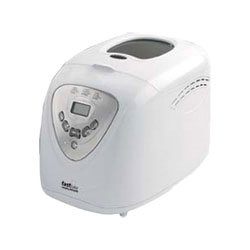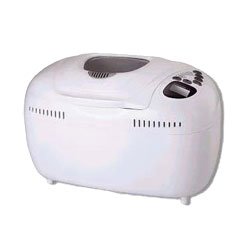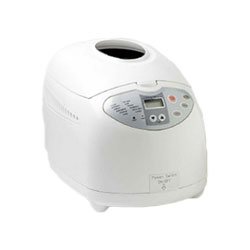Top 5 Most Common Bread Baking Mistakes
Published on 29th January 2013
1. Using Poor Quality Yeast
One of the key reasons why your bread won't rise is if there is something wrong with the yeast. Yeast is a living organism and needs to be treated with care.
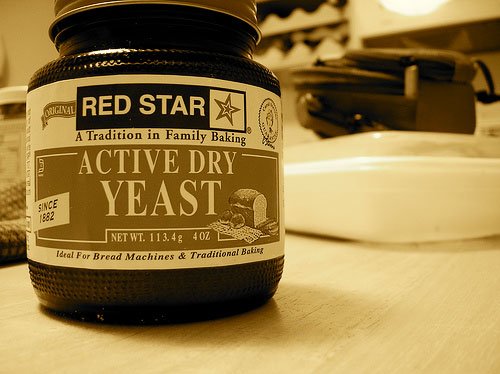
Only use quality yeast (image source: auntjojo)
Make sure you always use yeast that is suitable for a breadmaker. If you have hand bread making yeast or, even worse, non-baking yeast, the results are never going to be the same.
Furthermore, make sure all yeast is in date and nice and dry. Any yeast beyond its sell by date is probably too old to create delicious bread and anything that has got damp in storage is also not going to work.
2. Choosing the Wrong Flour
Nearly all bread recipes will dictate the type of flour you use. Most traditional loaves require very strong bread flour which has a much higher proportion of protein and gluten than standard flour. This makes the dough stretchy and spongy and your bread lighter and fluffier.
To get the best results, use the highest quality of flour you can and keep it stored well. Flour can last for years if stored correctly and should give you outstanding results every time.
3. Using Ingredients Straight From the Fridge
The ideal temperature for all bread making ingredients is room temperature. This means that all elements can combine effectively without the worry of curdling.
More comprehensive bread machines such as the SD 2500 can equalise the temperature of the ingredients before beginning the baking process. If you do not have this facility on your breadmaker then you must make sure all ingredients are at the correct temperature before you start.
4. Disorder in the Pan
It is essential that all ingredients are placed into the pan in the correct order. Traditionally yeast will go in first, which is then covered by the flour. This is followed by the fat, salt and sugar before the liquid is finally added. This order is essential for effective bread making and deviation from this routine can have disastrous effects.
But take care, there some exceptions to this rule. Lakeland and Morphy Richards are among the manufacturers that now stipulate a different order for their bread machines so check the instructions before you start.
5. Poor Measuring Skills
Bread baking is not an art but a science. As with any other scientific process, the quantities of each ingredient need to be measured with accuracy. A few grams of yeast or a small change in water level will change the entire consistency of your bread.
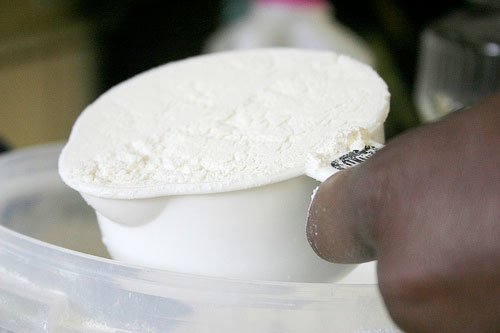
Measure ingredients carefully (image source: 42dreams)
This won't always be a bad thing. Lots of breadmakers like to experiment with the quantities. However, if you are finding that your results are not as you wish, make sure you are measuring your ingredients accurately.
comments powered by DisqusPopular Posts
Latest Posts
Browse by Brand










